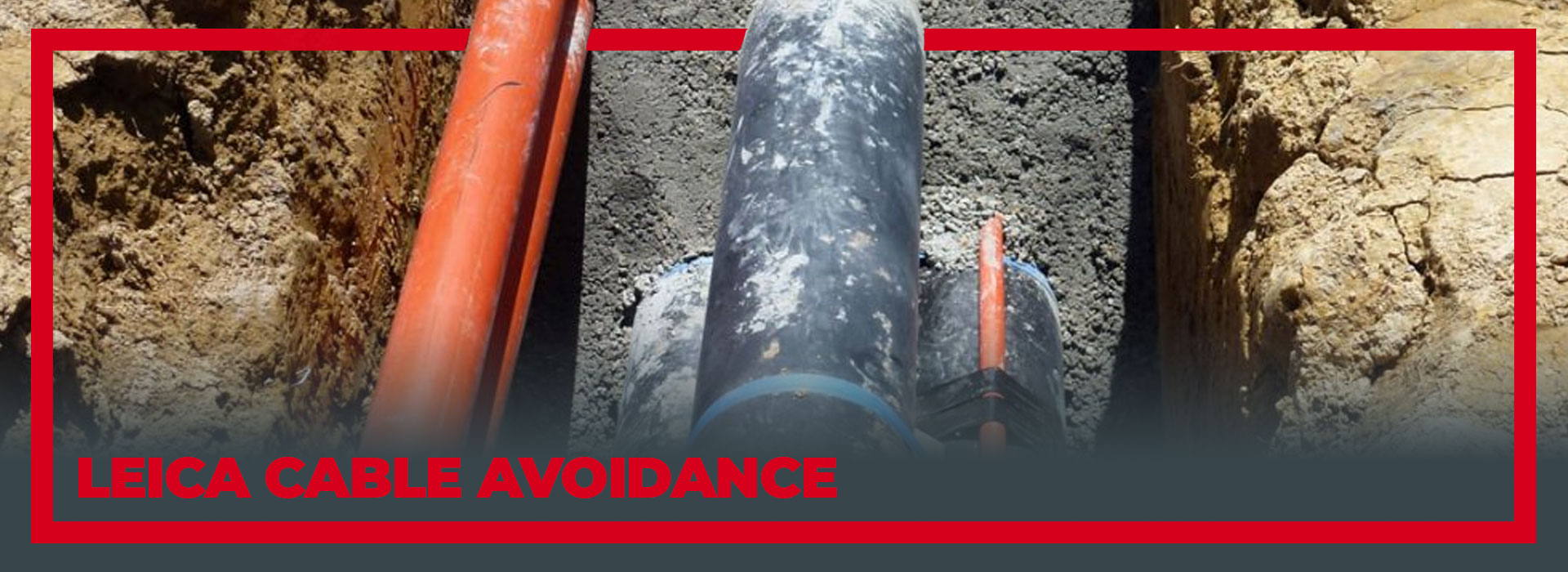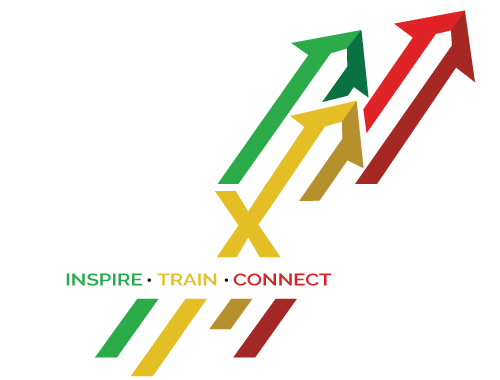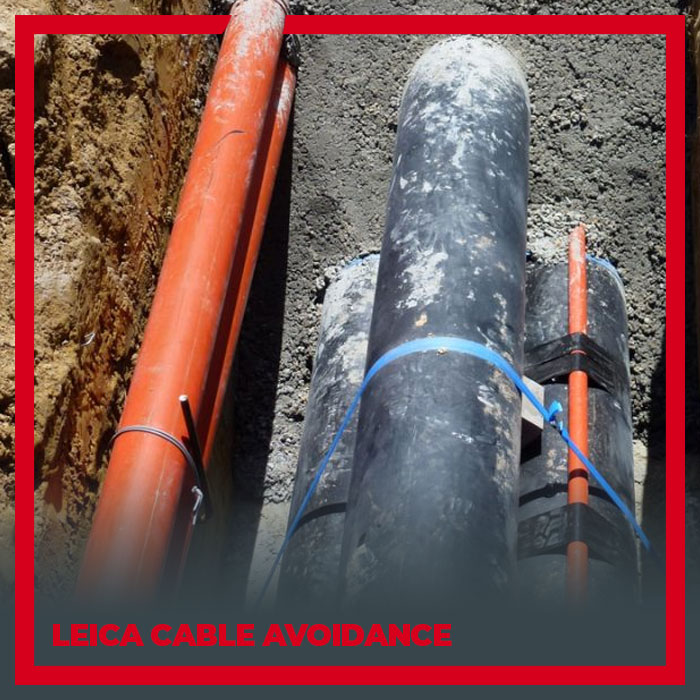
Duration: 1 day
Cost per person: £140+VAT
Min: 6 Max: 12
This advanced 7 hour long NOCN Site Right course has been designed by Leica Detection and has received industry approval for it’s superior content and emphasis on practical applications.
This course is perfect for candidates needing an understanding of how the Cable Avoidance equipment works, the limitations, applications and the consequences of not implementing correct Cable Avoidance procedures.
This course covers:
- Why we use Cable Avoidance equipment.
- Guidance and Regulations.
- Risks and consequences.
- The theory of Electro Magnetic Locating (EML).
- EML limitations and possible solutions.
- Assessing the work area for signal interference and working within it.
- Utility identification.
- Effective initial use of the Signal Transmitter in Induction and Connection.
- Locating techniques.
- Using crossover to aid avoidance.
- Accessories and applying techniques.
- A written assessment.
Practical Sessions
As part of this course there will also be two practical elements on our mock live site to ensure candidates have as much hands on experience as possible.
- Why we use Cable Avoidance equipment.
- Guidance and Regulations.
- Risks and consequences.
- The theory of Electro Magnetic Locating (EML).
- EML limitations and possible solutions.
- Assessing the work area for signal interference and working within it.
- Utility identification.
- Effective initial use of the Signal Transmitter in Induction and Connection.
- Locating techniques.
- Using crossover to aid avoidance.
- Accessories and applying techniques.
- A written assessment.
The first practical includes:
- Carrying out an equipment check.
- Visual inspection of the work area.
- Assessing the area for utilities.
- Calibration and Health check verification.
- Searching and pinpointing utilities to familiarize the trainee with automatic sensitivity.
- How to obtain utility directions.
- Different tracing methods.
The second practical includes:
- Surveying an allocated area using Active and Passive modes.
- Carrying out a 25 task practical assessment.
- Transmitter Induction methods and nulling.
- Calibration and Health check verification.
- Locating and verifying shallow utilities.
- How to obtain multiple depth estimations and verify reliability.
- Verifying and identifying connected utilities using the numeric indicators.
- Radial and Parallel sweeps (if required).
Contact Us

